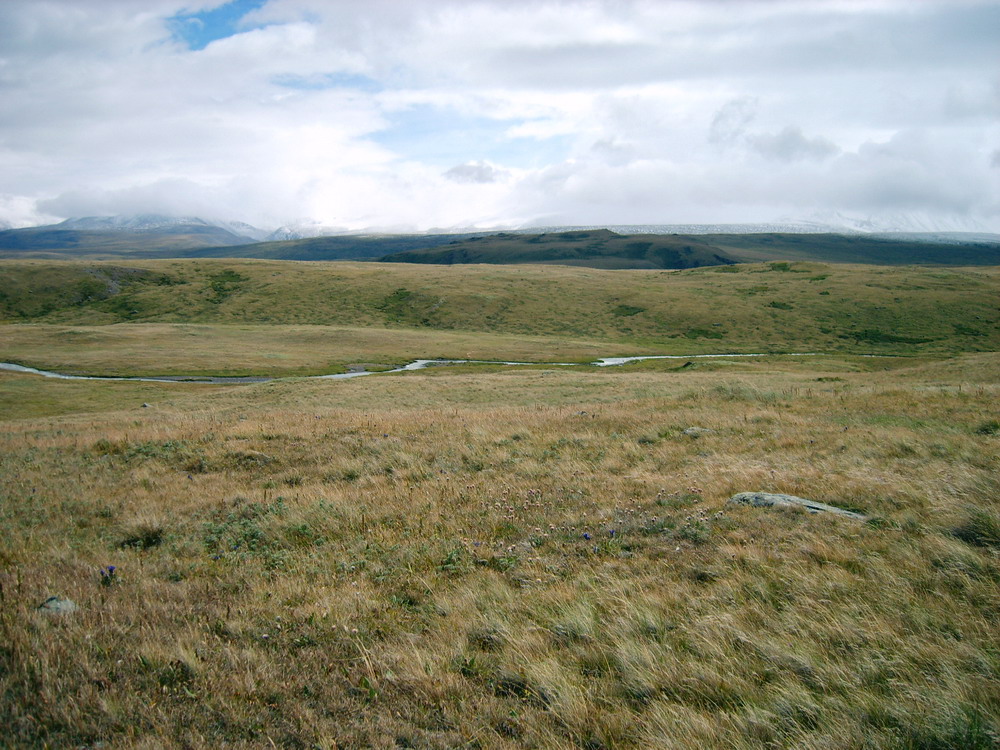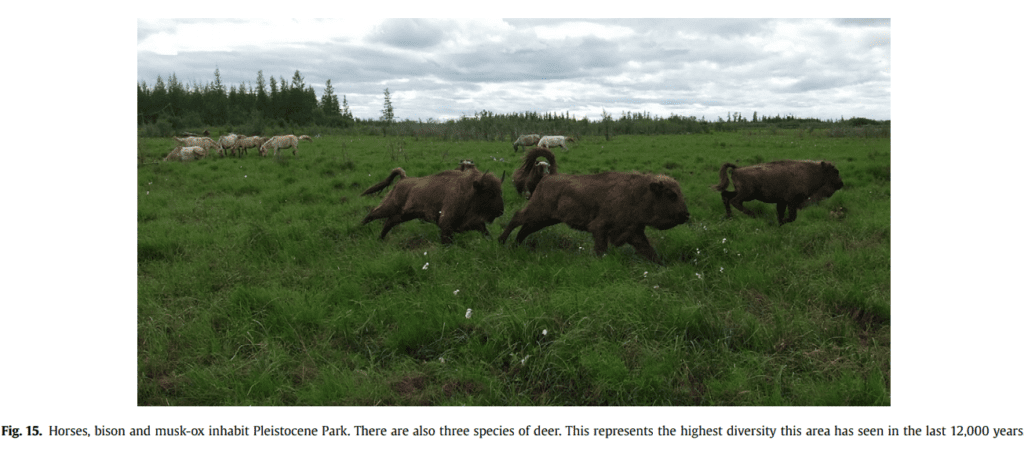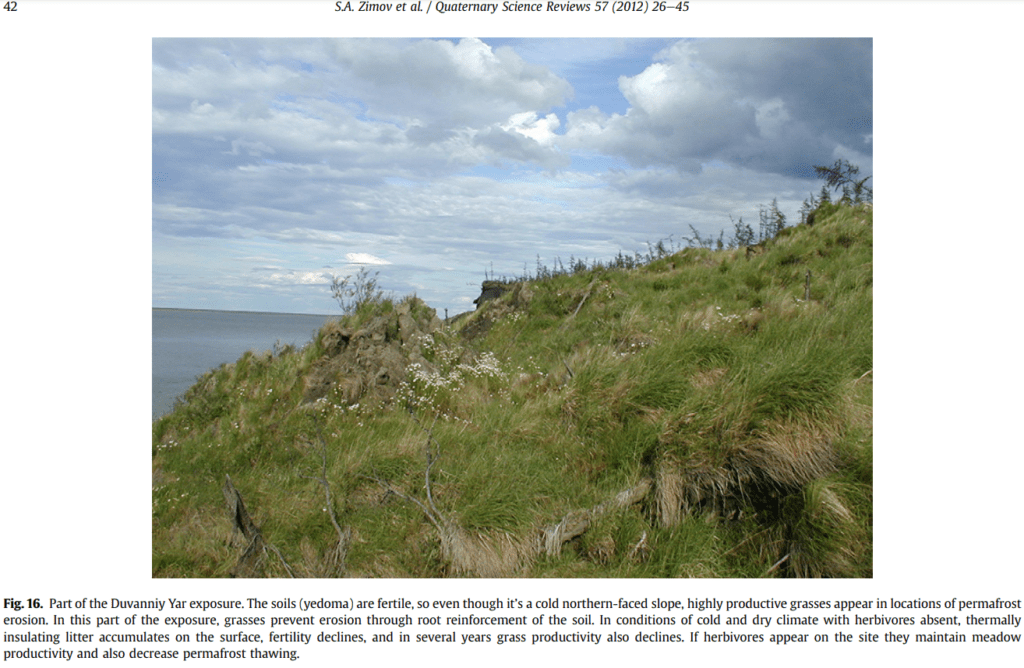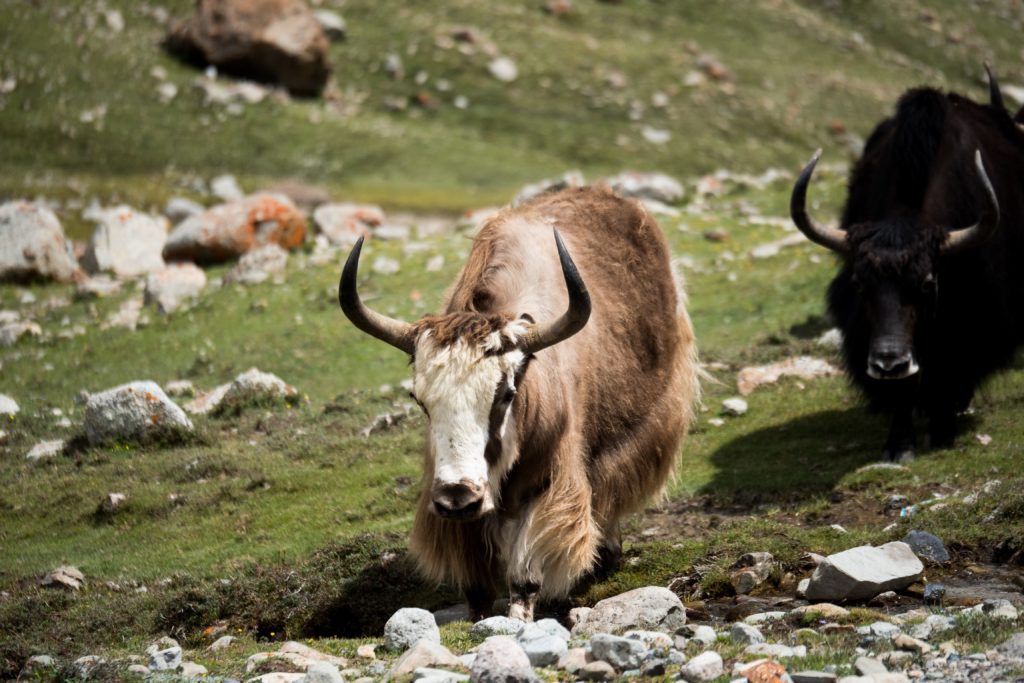Pleistocene Park
Restoring grassland ecosystems in the arctic to mitigate climate change.
Rewilding the Ancient Arctic
Planting trees and shrubs isn’t always the answer. Take the arctic: reforestation will not save the arctic. Instead, removing trees and restoring grass-dominated tundra may be the answer, and all we need to do is return the absent megafauna and watch the ecosystem shift under their influence.
GRASSLANDS, not forests. Pass it on.
Wait, WHAT are we talking about? Let’s back up.
The concept behind Pleistocene Park is deceptively simple: rewild the Pleistocene Siberian arctic. To do this (according to the scientists working on these questions), release megafauna that match ancient ecosystem roles, roles that have been vacant for 10,000 years. These animals shape the environment, and, like all grasslands when pushed with their favorite disturbance, this steppe ecosystem responds.
Pleistocene Park
The fenced 20 sq kilometers of Pleistocene Park in remote Yakutia, Russia, maintains 9 major herbivore species: reindeer, Yakutian horse, moose, bison, musk ox, yak, Kalmykian cow, sheep, and (very recently) Bactrian camels.
Why put time, effort, and resources into this experimental rewilding project? The answer is in the paleoscience, and it all has to do with climate change.
New residents of the @PleistocenePark are settling in after a lengthy journey to the extreme north of Yakutia. Pleistocene Park is a major initiative attempting to restore the mammoth steppe ecosystem, dominant in the Arctic in the late Pleistocene https://t.co/Khb6hTZ1q9 pic.twitter.com/iBEqKGuF2a
— The Siberian Times (@siberian_times) June 20, 2021
The Mammoth Steppe

Destroying forests is a controversial proposal for conservation, both in the public eye and with regulators, but some environments are not suitable for trees. Pleistocene Park argues that the restoration of grasslands in the former Mammoth Steppe is critical to conservation.
The mammoth steppe was once the world’s largest ecosystem. The mammoth steppe was dominated by grasses and forbs, and this forage supported a staggering number of animals. Historically, estimates put the number of primary herbivores on each square kilometer of north Siberian lowland pasture at 1 mammoth, 5 bison, 8 horses, 15 reindeer. Today, there’s hardly any megafauna at all, and much is no longer grassland.
Humans crashed the Mammoth Steppe
Climate change didn’t kill the mammoth steppe. The mammoth steppe was spacious and covered vast ranges of climates. As soon as climate warmed, megafauna across the globe increased. Warmer weather meant more production of grasses, and more support and resources for megafauna.
Arrival of humans is what triggered the population crashes of megafauna globally, and that’s true for the arctic and Siberia too. The effect in North and South America was even greater than in Siberia.
Humans probably didn’t completely kill all megafauna in Siberia, but once population numbers drop below a certain amount, it’s very hard to recover… and the ecology of the landscape itself begins to shift. In Europe, following the extinction of Pleistocene grazing herbivores, forests replaced the vanishing grasslands. Starvation likely killed the remaining herds that couldn’t adapt.
Today, instead of mammoth steppe, the most common northern ecosystems are tundra, polar desert, and northern taiga. It’s pretty bleak and barren, and few humans live here too.
Are modern northern landscapes barren wastelands though? Thanks to the research of these scientists, that these modern northern habitats like the Siberian tundra are NOT carbon deserts, devoid of organic material. Actually, the Siberian tundra is one of the biggest carbon reserves known to the planet. It was once far more productive… when it was steppe. Grassland.
Today the Siberian tundra’s wood-dominated ecosystems and long winters make the restoration of this forage difficult, and forage availability is the limiting factor for animals surviving there. Bulldozing the woody vegetation with a decommissioned tank, the way the mammoths might have, and allowing the grasses and forbs to recover might prove to be enough of a push for this ecosystem to return.
The Science
The scientific work behind the park is what makes this endeavor extraordinary. The idea sounds whimsically theoretical, until you dive into the work that Nikita Zimov and others have done reconstructing the paleoscience behind it.
The best way to learn, imo, is to watch Nikita himself speak about his work. In the webinar below (2018), Nikita spends about an hour speaking extensively about his research in the Siberian arctic, in addition to building the park itself and the studying the impacts on the park grounds.
As the Zimovs introduced more diversity of wildlife to the area, they noticed increasing impacts to the ecology and makeup of the landscape. Yakutian horses trampled the mosses enough to allow grasses to gain more dominance naturally. The landscape began to change, just because of the impacts of these wildlife returning.
The more recent scientific work is paywalled, but the link below has the text unlocked through Sci-Hub. The images and figures, many of which Nikita uses in his webinar in the player above, are incredibly valuable.


Arctic Climate Change
Permafrost Preservation
With climate change affecting the arctic to drastic degrees, the work of Pleistocene Park has serious implications for modern climate change initiatives. Here are the main ways that Pleistocene Park provides answers to climate change problems:
Grasslands are carbon sinks. For a region where grasslands are the historic habitat, an expansion of the steppe, even at the expense of some forests that have come to replace it, increases the land’s productivity and stores carbon more effectively.
Healing permafrost. During winter, permafrost typically recharges its stores of freezing temperatures. The less permafrost grows, the more likely it is to continue thawing. Counterintuitively, one thing that stops the permafrost from freezing is deep blankets of snow. In Pleistocene Park, where megafauna compact and move the snow to stop its insulating properties, ground temperatures went from -5°C to -30°C during air temperatures of -40°C. The thick snow really does have a huge impact, and according to the hypothesis of Pleistocene Park, the megafauna should be providing this ecological function to recharge permafrost.
Reducing methane emissions. As permafrost heals and grows, we can stop and even reduce the amount of methane being released in the arctic. These greenhouse gases are likely to have a cascading effect on climate change as we lose more and more permafrost, so this is huge.

This entire endeavor and the incredible research they’re doing is something we’ll be keeping an eye on for a long time. It’s demanding, stressful, and dangerous work, but the dedication to the experiment is truly inspiring. I’ll be thinking about it for a long, long time.
The Pleistocene Park Website has more information about their work, their social media accounts, and how you can get involved.
Sources/Further Reading:
Zimov, S. A., Zimov, N. S., Tikhonov, A. N., & Chapin, F. S. (2012). Mammoth steppe: a high-productivity phenomenon. Quaternary Science Reviews, 57, 26–45. https://doi.org/10.1016/j.quascirev.2012.10.005
Beer, C., Zimov, N., Olofsson, J. et al. Protection of Permafrost Soils from Thawing by Increasing Herbivore Density. Sci Rep 10, 4170 (2020). https://doi.org/10.1038/s41598-020-60938-y
Zimov, N. Pleistocene Park. https://pleistocenepark.ru/
Walter, K. M., Zimov, S. A., Chanton, J. P., Verbyla, D., & Chapin, F. S. (2006). Methane bubbling from Siberian thaw lakes as a positive feedback to climate warming. Nature, 443(7107), 71–75. https://doi.org/10.1038/nature05040
Did you spot an error or have questions about this post? Email Rachel Roth.
